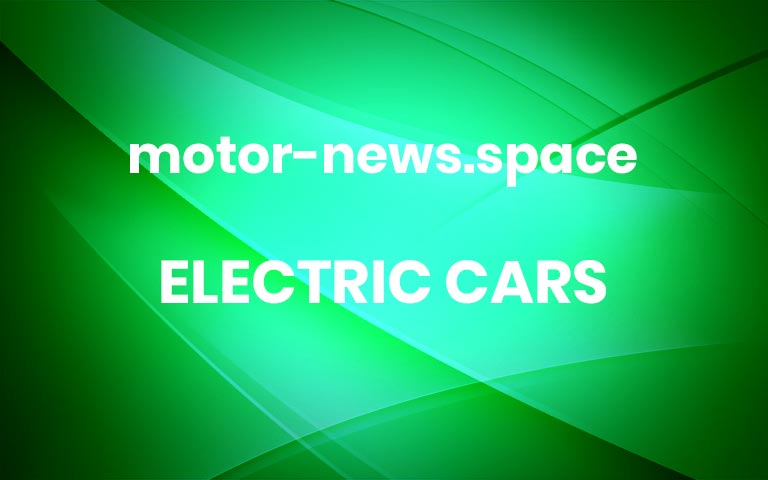With Tata Nexon electric owners not getting higher drive range, here are some pointers by a fellow Nexon EV owner
In the last 1 year or so, Electric Vehicles have slowly started to become main-stream, thanks to the introduction of practical products like Hyundai Kona, MG ZS EV and the Tata Nexon EV. However, despite the drive range claims by the OEMs, most users and perspective buyers are still not very well convinced about the range of the EVs which are on offer in India.
What can possibly help change opinion are real-life reviews from other owners. One such interesting review has come in from Nirvik Banerjee, who shared his experience of ownership of a Tata Nexon EV with Electric Vehicle Web. Nirvik states that he managed to clock over 250 kms on a single charge with his Nexon electric.
This is a pleasant surprise as many owners have claimed that they failed to get even 180 kms drive range on a full charge with Nexon EV. It is to be noted that the official range claimed by ARAI is of 312 kms, which is in ideal conditions. Hence, 250+ km on a single charge, is actually a good figure. Here are some excerpts from Nirvik’s experience with the Nexon electric.
Nirwik achieves range of 250+ kms in his Nexon EV from a fully charged battery.
Purchase Experience – Nirvik had booked a Nexon EV for himself back in December’19 however thanks to the ongoing pandemic, the delivery of his vehicle was delayed and he finally got his car in July’20. Because of the subsidies provided by Maharashtra Government, Nirvik didn’t have to pay road tax or any registration fees. Additionally, he also got a subsidy of Rs 1 lakh upon the ex-showroom price. Below are some tricks to extract the maximum drive range out of your Nexon EV, as per Nirvik.
1. Take A Break
Nopes, we aren’t trying to use a jingle of one of the famous chocolate brand in the country. Instead, Nirwik insists that after every 100-120 km or so, it is advisable to take a short break of around 5 minutes. From his experience he states that during long drives in his Nexon EV, the power consumption figure starts to increase slowly after a long stretch. Once he did not take a break after driving for over 120 kms non-stop, and his Nexon EVs MID flashed a message to stop the car and take a break. The battery consumption level at this point had reached 190 Wh/km.
2. Using the AC Smartly
Even if you haven’t personally driven an IC engine powered car, we are sure you would have had multiple experiences with drivers who would have insisted that using AC aggressively (extremely low temperature settings) directly reduces their earning potential, thanks to higher fuel consumption while use of an AC. Similar is the case with all EVs too.
Nirwik usually has a goal to extract around 3 kms from every percentage point of his battery’s charge. Technically, gunning for around 300km against the ARAI claim of 312 km. In order to do so, he suggests that using AC in lower settings helps to conserve battery’s charge. During his city drives, he prefers to stick to 25 degrees Celsius as his preferred temperature setting and keeps the blower at the first point. He further adds that to understand more about the car and to figure out more ways to conserve charge, one should thoroughly read the 250 page long Car Manual.
3. Right Speed
Nirwik states that he ensured that his driving speed was around 70-80 kmph mark. It helped him to extract the best possible distance from a single-charge on his Nexon EV.
4. Go Easy on the Gas
Well, technically, there is no Gas pedal in an EV. However, just like a typical gasoline powered vehicle, EVs too land up draining energy/power (charge) when there is a requirement of sudden acceleration. Hence, it is advised to use a light-footed driving approach. The speed doesn’t matter significantly, if it is 50 kmph or 80 kmph. What will be critical is if there is no sudden acceleration which drains out battery really fast. Nirwik suggests that one should try to emulate the acceleration which a 1L NA petrol motor would provide with a light foot.
In case you haven’t driven an EV in the past, we can assure that the new-age EVs have some really good acceleration capabilities, so it surely will be a difficult task to not to get tempted to push the accelerator pedal hard.
5. Tyre Pressure
Nirwik states that he used a tyre pressure of 34 psi against the recommended tyre pressure of 32 psi. We would like to add that 1-2 psi difference against the recommended tyre pressure can still be tolerable however inflating the tyres beyond the recommended mark isn’t a great idea, in light of safety risks which such practices come along with.
6. Usage of the Correct Mode
In Nirwik’s opinion, one of the most critical requirement to ensure a long-drive range from an EV is to use it in the ‘Drive’ mode, in other words, use the Eco mode and not a performance focused mode which is usually on offer in most EVs. This one is pretty intuitive, even if you have never driven an EV in the past. Talking about the Nexon EV, it comes with 2 drive modes, Sport and Drive and there is almost a 60% difference in the torque output figures between the two.
Overall, Nirwik managed to complete his trip with two of his friends (more occupants = more weight = lesser mileage) and clocked 256.7 kms on a single charge on his Nexon EV. Additionally, he still had around 6% charge remaining in his battery. As a Nexon EV owner, Nirwik goes on to showcase that long-trips are possible in EVs too, however, one needs to be a little calculative and careful.
Source More


